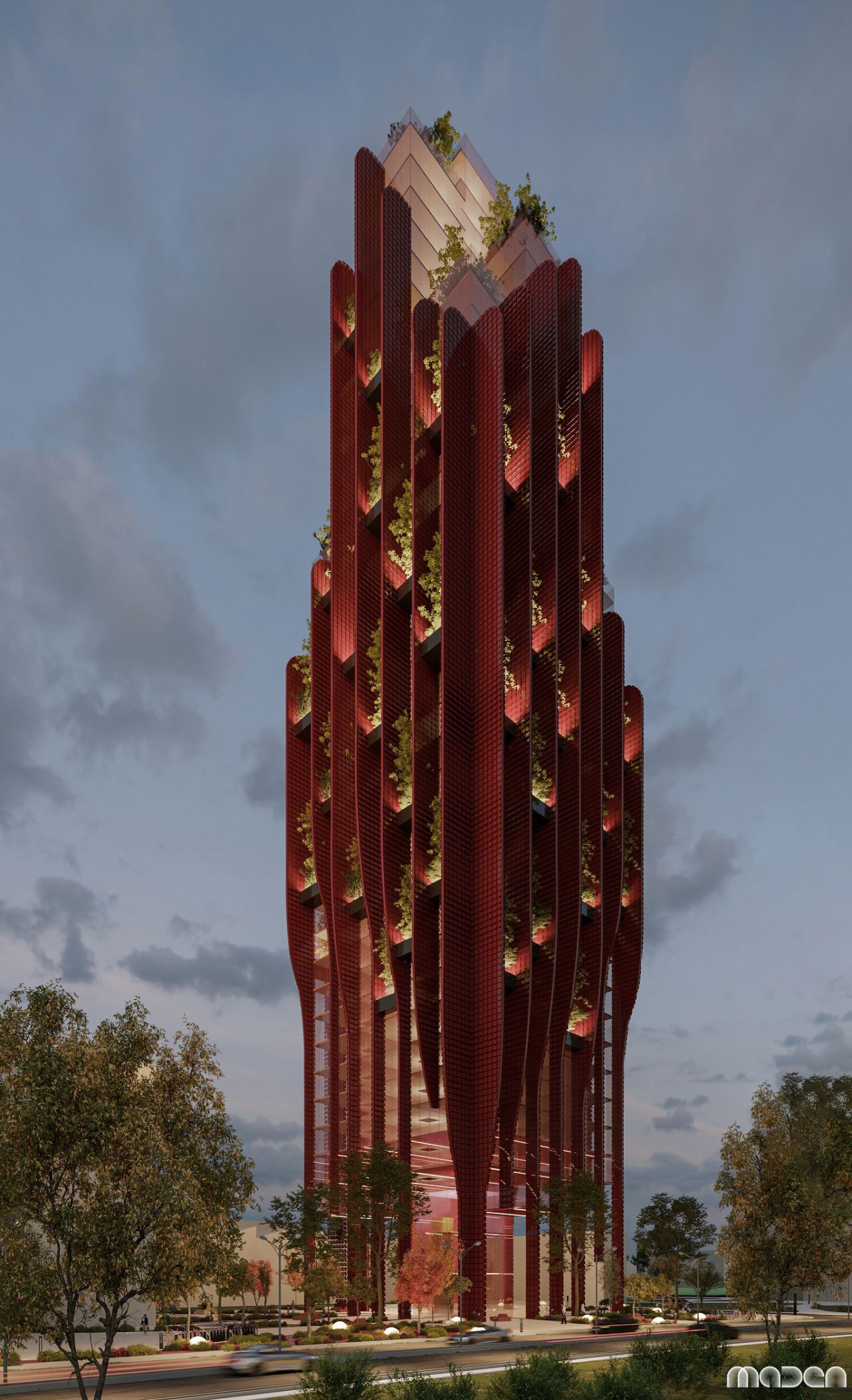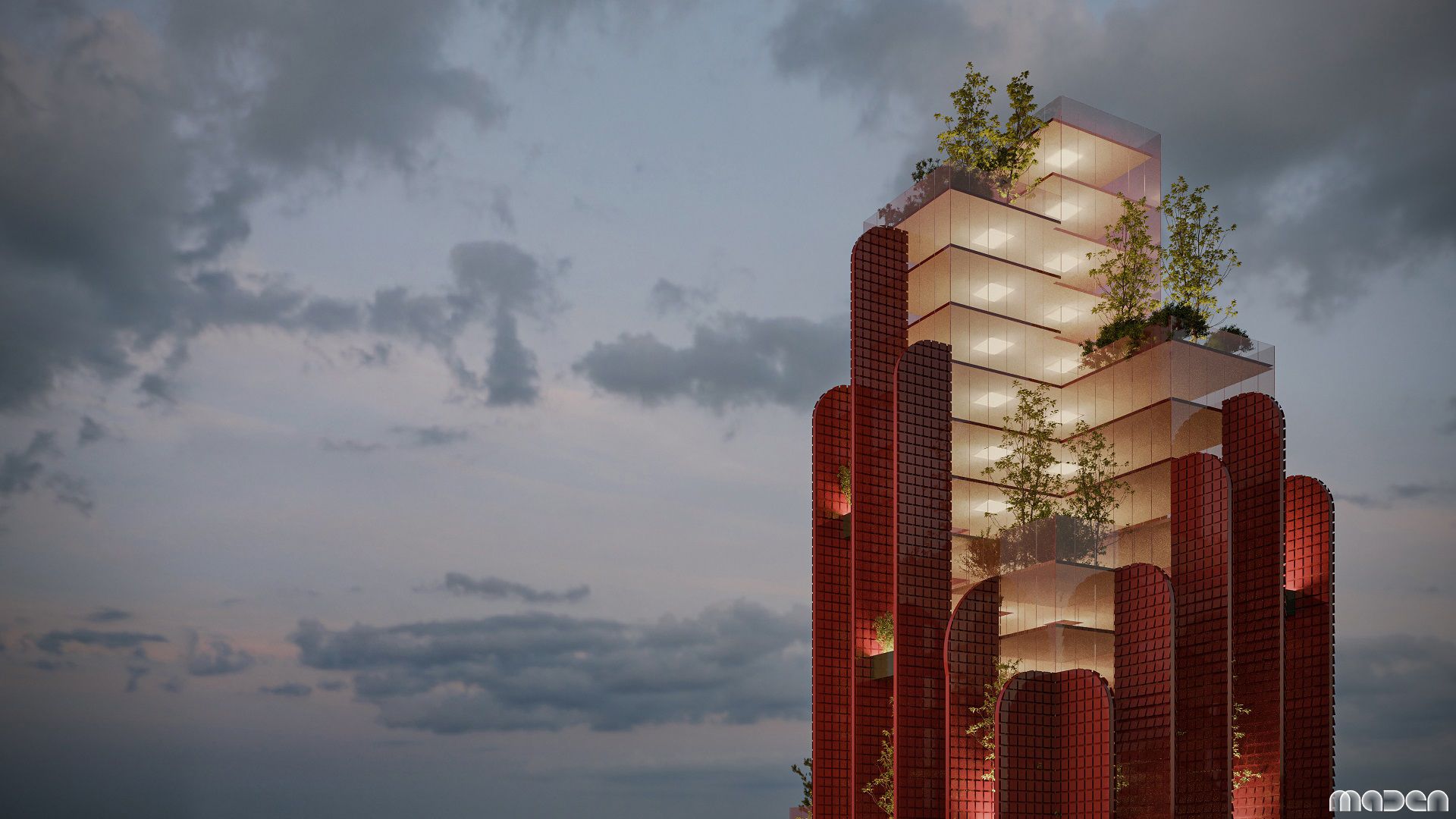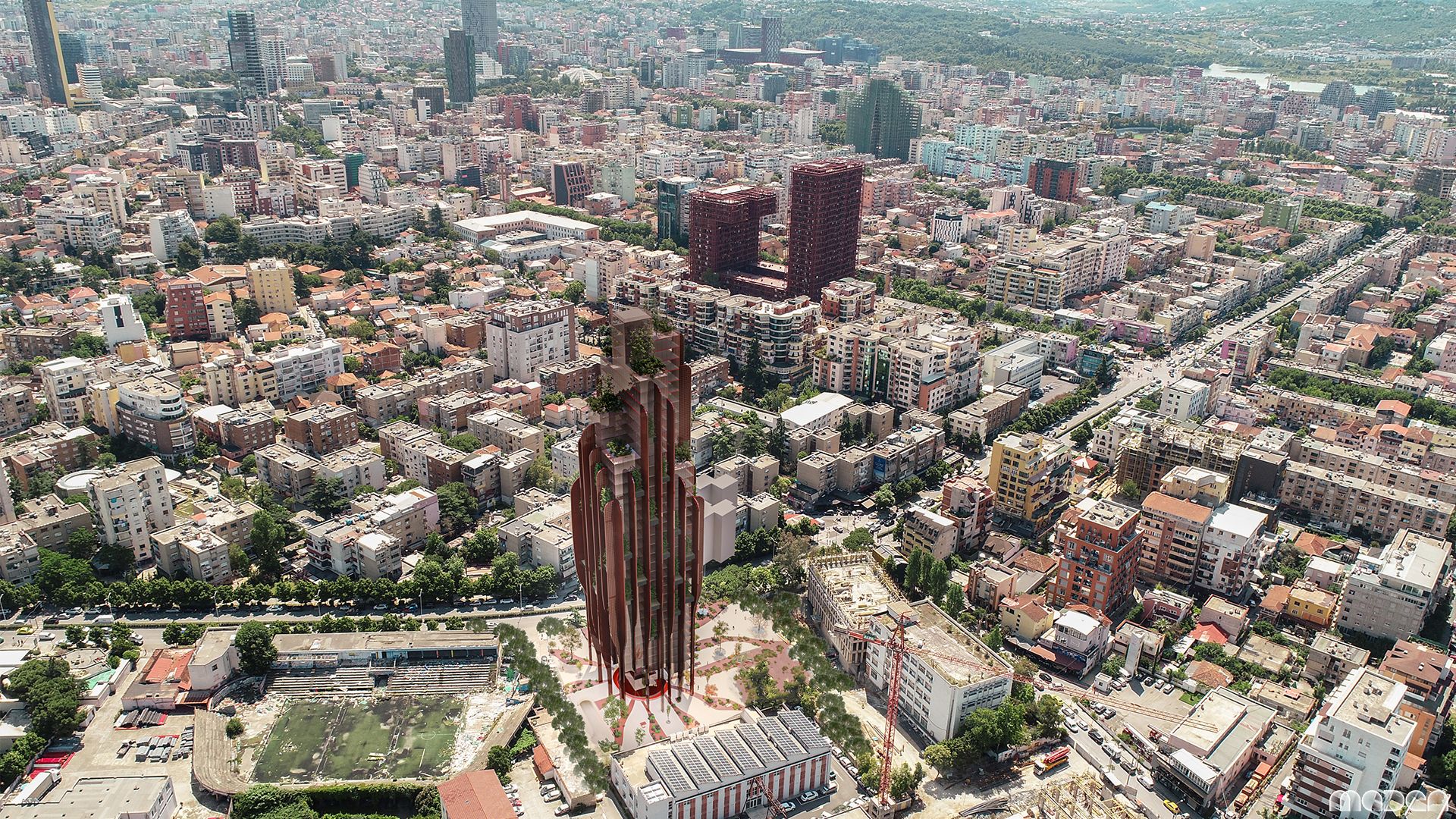Albania’s burgeoning construction sector is experiencing a rapid rise in high-rise tower investments, with a particular emphasis on aesthetically striking glass and innovative facade designs.
This trend is exemplified by the proposed “Albanian Tulip,” a 40-story mixed-use development in Tirana, currently in the competition phase. The project, designed by Maden Group and BVR Atelier, showcases this architectural shift.
The Albanian Tulip, with its projected 35,000 m² area and a 2024 projected completion year, is not simply a residential or commercial building; it’s a statement. The design, inspired by the Albanian tulip flower, incorporates a dynamic kinetic façade. This innovative approach not only enhances the building’s visual appeal but also prioritizes natural light and ventilation, contributing to energy efficiency. The use of glass is central to achieving this effect, maximizing light penetration while creating a visually stunning structure.
This project is indicative of a broader trend in the Albanian market. While specific data on the overall market share of glass-focused high-rise projects is currently unavailable, the emergence of projects like the Albanian Tulip strongly suggests a significant shift towards designs prioritizing modern aesthetics and sustainable building practices. The focus on innovative facades, often incorporating glass, is not just about visual appeal; it reflects a conscious effort to create energy-efficient and modern urban environments.
The appeal of such designs is multifaceted. For developers, these modern buildings attract higher-end tenants and investors, commanding premium prices. For the city of Tirana, these projects represent a modernization of the skyline and a commitment to creating landmarks that reflect national pride and progress. The emphasis on sustainable features also aligns with a growing global trend towards environmentally conscious development.
However, this rapid growth also presents challenges. The increased demand for specialized materials and skilled labor could strain existing resources. Careful planning and regulation are crucial to ensure sustainable development and prevent potential negative consequences, such as strain on infrastructure and environmental impact.
Further research and analysis are needed to fully assess the scale and long-term implications of this architectural shift in Albania. However, projects such as the Albanian Tulip offer a compelling glimpse into the future of the Albanian construction industry, where a commitment to innovative design and sustainable practices is driving a dramatic transformation of the urban landscape.



Source:GlassBalkan







